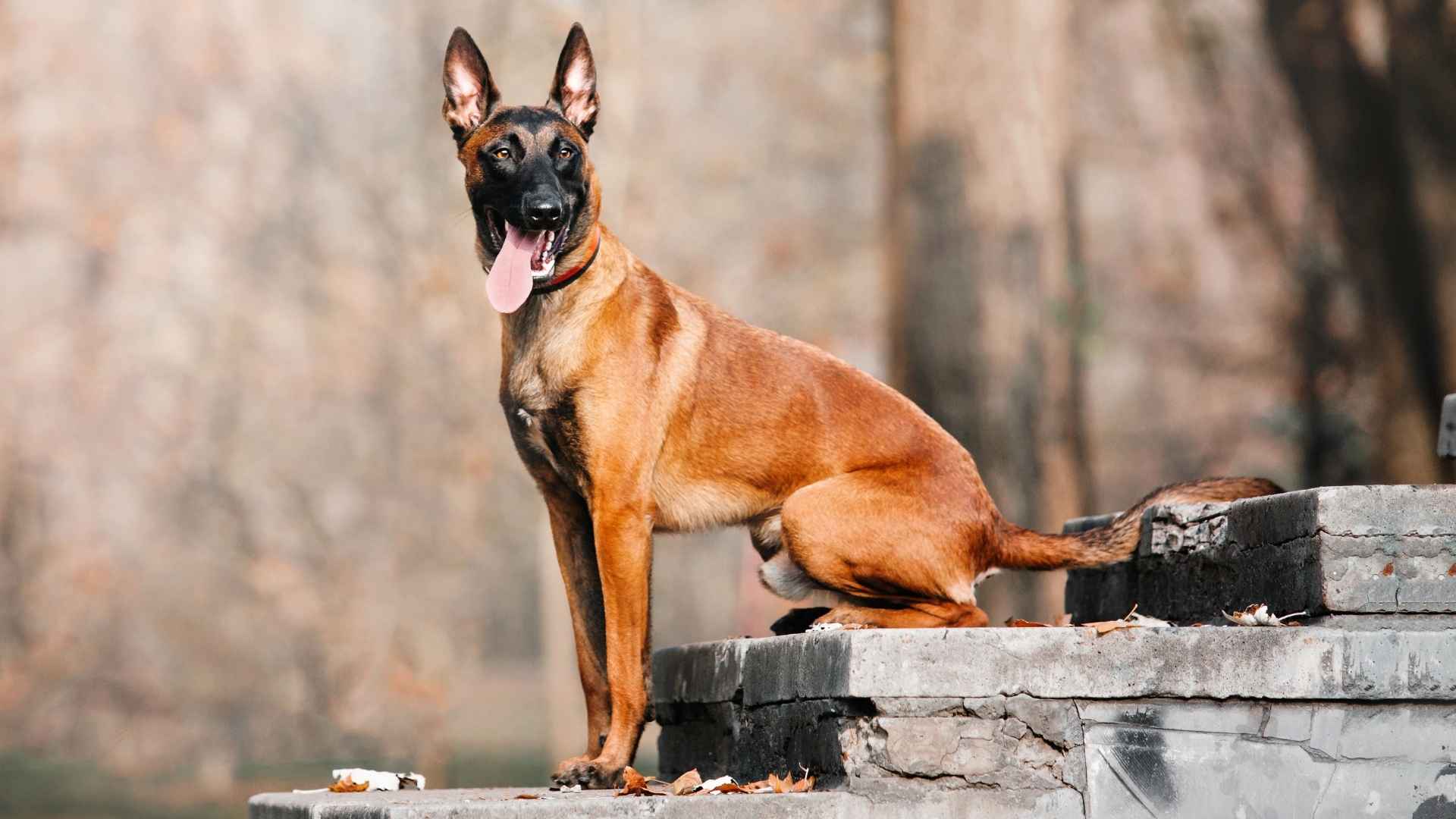Guardian dogs with natural protective instincts can often step up with minimal formal training. Here’s the big picture—research and real-world data show that some breeds come pre-wired to protect.
According to the study, dogs are bred for different roles—herding, hunting, and guarding. It revealed that livestock guardian dogs scored below 50 % when asked to follow human pointing cues, unlike herding dogs, which scored over 85 %. That suggests LGDs rely on instinct, not instruction, to protect livestock.
What this means for someone who wants a guardian—but not a full-time training commitment—is huge. With the right early socialization and some basic obedience, these dogs do most of the work.
Protection Dog Breeds That Don’t Require Heavy Training
Here are the most trainable breeds:
1. Boxer
Originally bred in Germany and imported to the U.S. in the 1930s, the Boxer has a rich history as a working dog breed used for hunting and guarding.
Their strong build, athletic energy, and expressive nature make them one of the most naturally inclined protection dogs, without the need for complex training routines. What you get with a Boxer is a protective guard dog wrapped in a goofy, lovable package.
Natural Guardians with a Silly Side
Boxers aren’t just all muscles and alert eyes—they’re also goofballs with personalities that light up a room. While they don’t bark excessively, they use expressive faces, playful growls, and body language to communicate.
Despite their clownish charm, they remain serious when it comes to protecting their family. With their protective nature and constant awareness of their surroundings, Boxers make for a surprisingly great guard dog.
High-Energy, Low-Maintenance Training
They respond well to a structured routine, but don’t need complex commands or aggressive techniques. They do, however, require regular exercise, mental stimulation, and clear boundaries to keep their playful energy from turning into stubborn behavior.
Family-Friendly and Fiercely Loyal
Boxers are true family dogs. Their loyalty runs deep, and they’re especially gentle with kids and other family members. While they can struggle with separation anxiety, early training and proper socialization can prevent most behavioral issues.
2. German Shepherd
German Shepherds have long held their place as one of the most trusted guard dog breeds in the world. Originally bred in Germany to herd and protect livestock, their reputation as dependable and focused dogs has only grown.
But what makes them especially appealing is how naturally they pick up on their role in the home, without needing a boot camp-style approach to training.
Protective by Nature, Not by Force
Generations of herding and guarding gave them strong instincts to watch, react, and defend without hesitation. Whether it’s protecting family members, alerting you to strangers, or sensing tension before it happens, their response is swift and intuitive.
Why They Don’t Require Heavy Training
This breed is so focused and eager to work that complex training often isn’t necessary. From a young age, they respond well to structure and positive reinforcement obedience training. Because they were bred to follow instructions and make decisions on the fly, they often pick up on commands after just a few repetitions.
What Makes Them Different from Other Guard Dogs
What sets the German Shepherd apart isn’t just their loyalty—it’s their versatility. They aren’t just excellent guard dogs; they’re also frontline workers: police dogs, military service animals, search and rescue, and even guide dogs for the visually impaired.
3. Australian Cattle Dog
The Australian Cattle Dog is one of those breeds that doesn’t need to be convinced to work—it already wants to. Originally bred to herd livestock across rugged terrain, this active guard dog brings energy and focus to the table.
With a muscular build, piercing eyes, and a sharp mind, they naturally gravitate toward protection and task-driven behavior. For the right owner, they’re a family dog that balances hard work with deep devotion.
Protective Without Being Overbearing
This breed isn’t flashy or loud. Instead, its protective nature shows through calm watchfulness and unwavering alertness. Their natural guard dog instincts don’t require prompting; they step into the role effortlessly.
Why They Don’t Require Heavy Training
Australian Cattle Dogs are problem-solvers by design. They pick up on patterns, tone, and body language fast.
While they need early training and consistent boundaries, you won’t find yourself locked in hour-long sessions to get them to obey. Their instinct to listen and react makes them effective with relatively little correction—just keep them engaged and moving.
What Makes Them Different from Other Guard Dog Breeds
They’re also more independent than some of the more emotionally driven breeds. Add to that a thick coat that requires only weekly brushing and moderate shedding, and you’ve got a highly capable dog that doesn’t demand heavy grooming or handling.
4. Doberman Pinscher
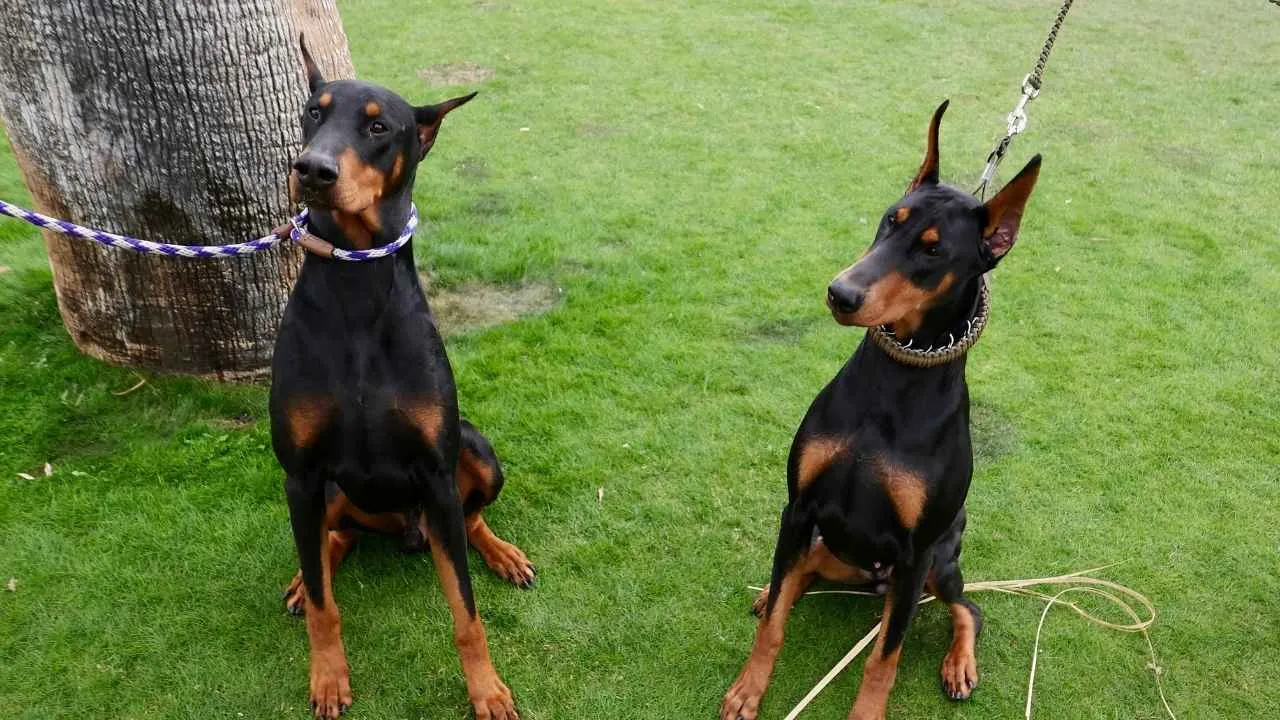
With roots tracing back to 19th-century Germany, the Doberman Pinscher was bred with a clear mission: to protect with speed, strength, and unwavering focus.
Their intimidating build and powerful stance make them a natural deterrent, but what often surprises people is how affectionate and deeply loyal they are to their owners. Once you earn a Doberman’s trust, they’ll guard your world like it’s their own.
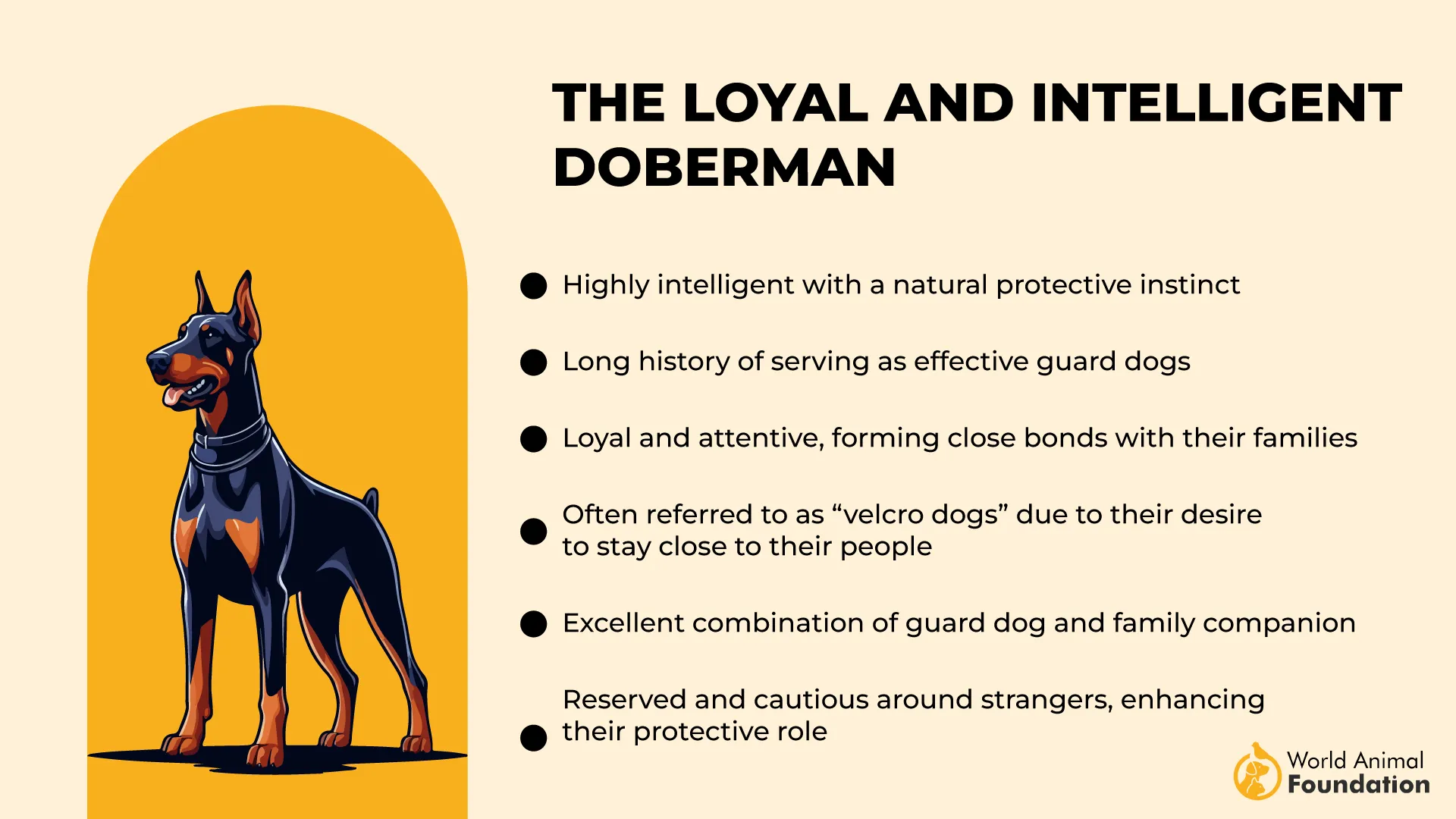
Instincts That Prioritize Safety
Dobermans don’t just look the part—they think like guardians. Created to protect a tax collector during dangerous rounds, this dog breed still carries that sense of personal responsibility.
They’re constantly alert, agile, and always aware of their environment. Unlike breeds that bark at every sound, Dobermans assess before reacting.
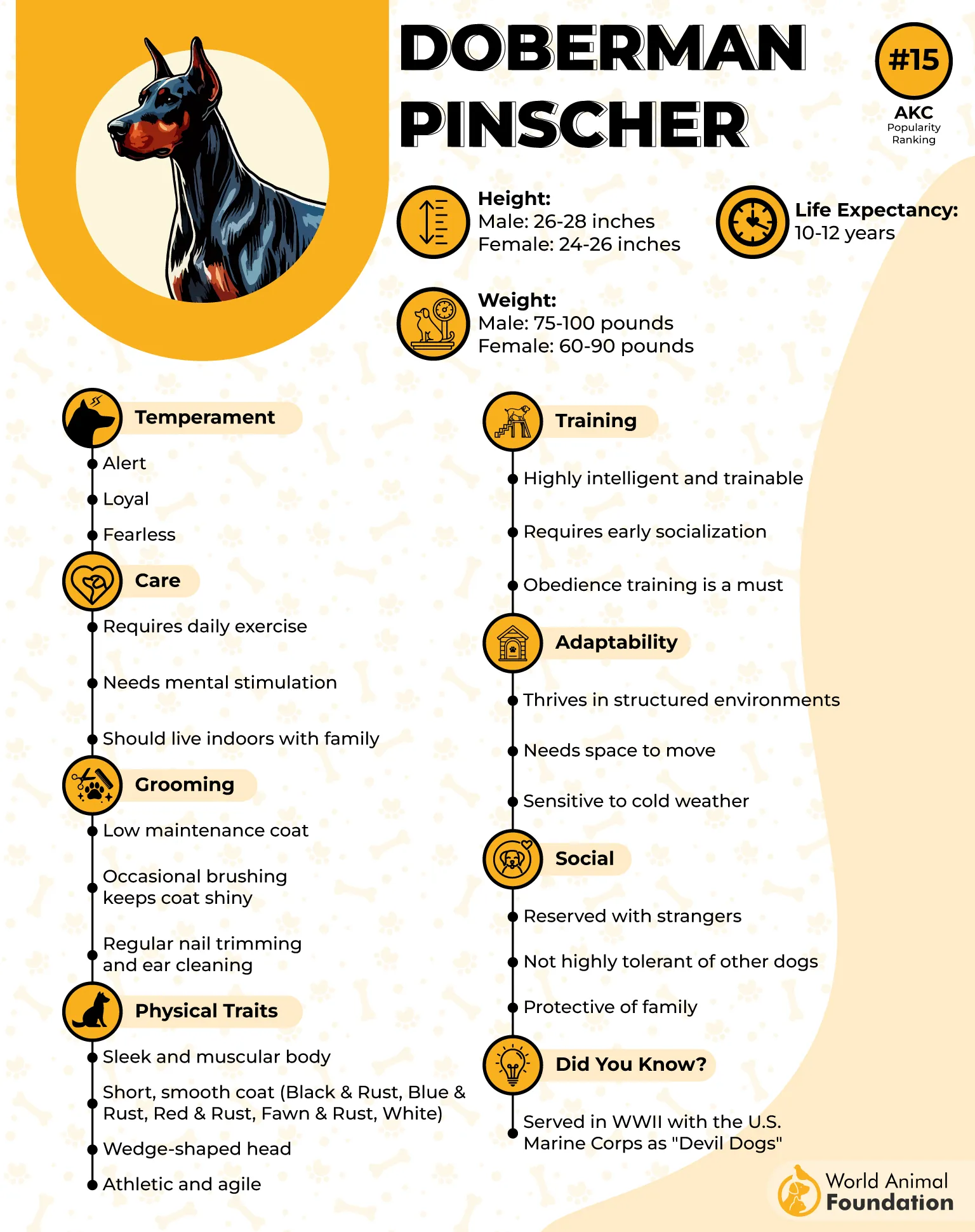
Training That Feels Like Partnership
If you introduce expectations early, use consistency, and provide both exercise and mental tasks, a Doberman quickly understands its role. While they can test limits with occasional stubbornness, they don’t need force—they need structure and clarity. This is where positive reinforcement shines.
What Sets Them Apart From Other Protection Breeds
The Doberman Pinscher stands out for more than just its looks. Unlike some large dog breeds that rely on size alone, the Doberman brings athleticism, emotional sensitivity, and focus to the mix. Their sleek coat requires little grooming, and their compact strength allows them to move with purpose.
5. Bernese Mountain Dog
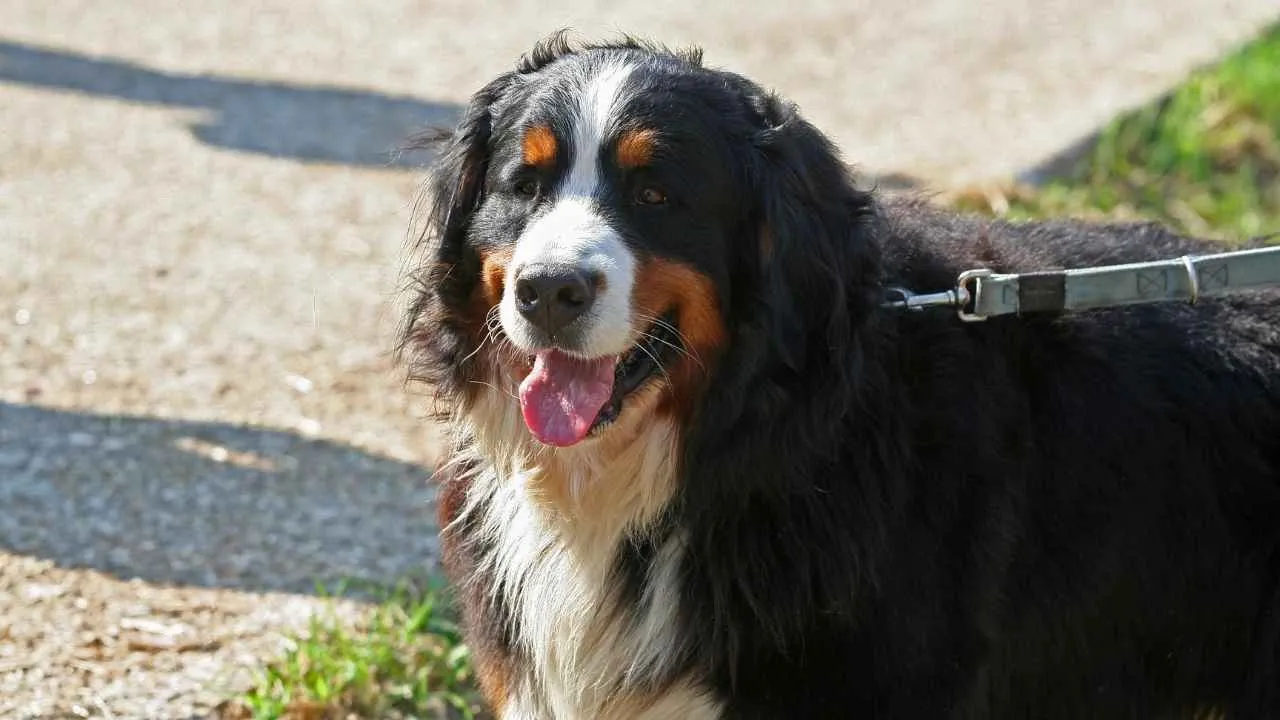
The Bernese Mountain Dog, originally from Switzerland, carries a long history as a hardworking farm dog. This furry breed was bred to haul carts, drive cattle, and guard livestock—a mix of strength, loyalty, and calm presence. Today, they’re not just seen in fields but across social media, due to their big build, warm eyes, and family-friendly vibe.
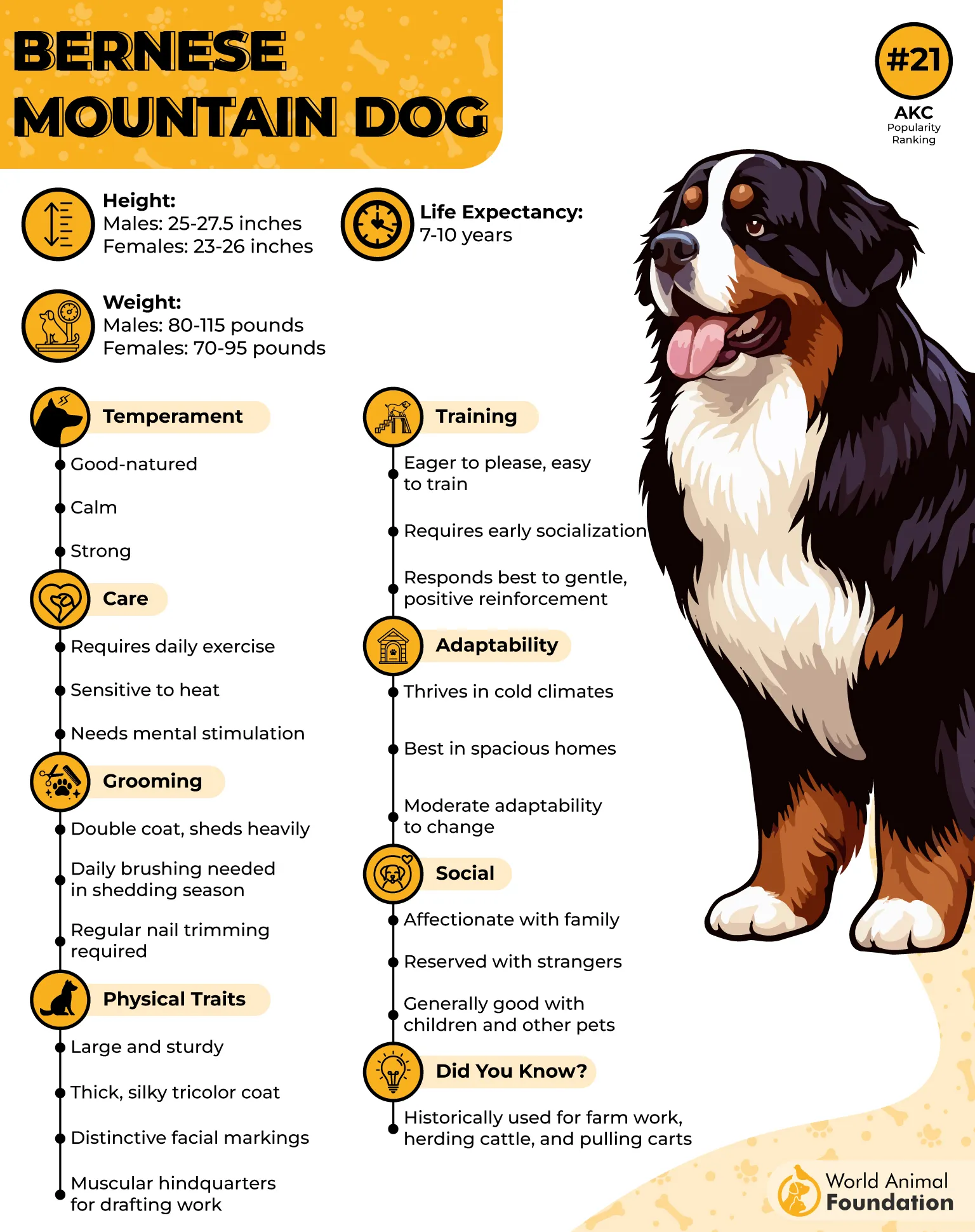
Protective Without the Aggression
Their time spent working on farms means they still carry the instinct to protect both people and property, even if they don’t bark often. They’re not quick to aggression, but they are aware of their surroundings and responsive when needed. That makes them a strong yet approachable family guard dog.
Why They Don’t Require Heavy Training
They respond best to calm voices, consistent routines, and early training rooted in kindness. These protection dogs don’t need advanced drills or firm discipline—just steady leadership and patient correction.
According to WebMD, their slower rate of maturity means they stay puppy-like for longer, but they’re quick to grasp what’s expected when training is based on connection, not control.
What Makes Them Different from Other Guard Breeds
Their expressive eyes often seem to smile, and their friendly demeanor makes them approachable without compromising their ability to protect. They might not chase down threats, but their size alone often says: not worth it.
6. Rottweiler
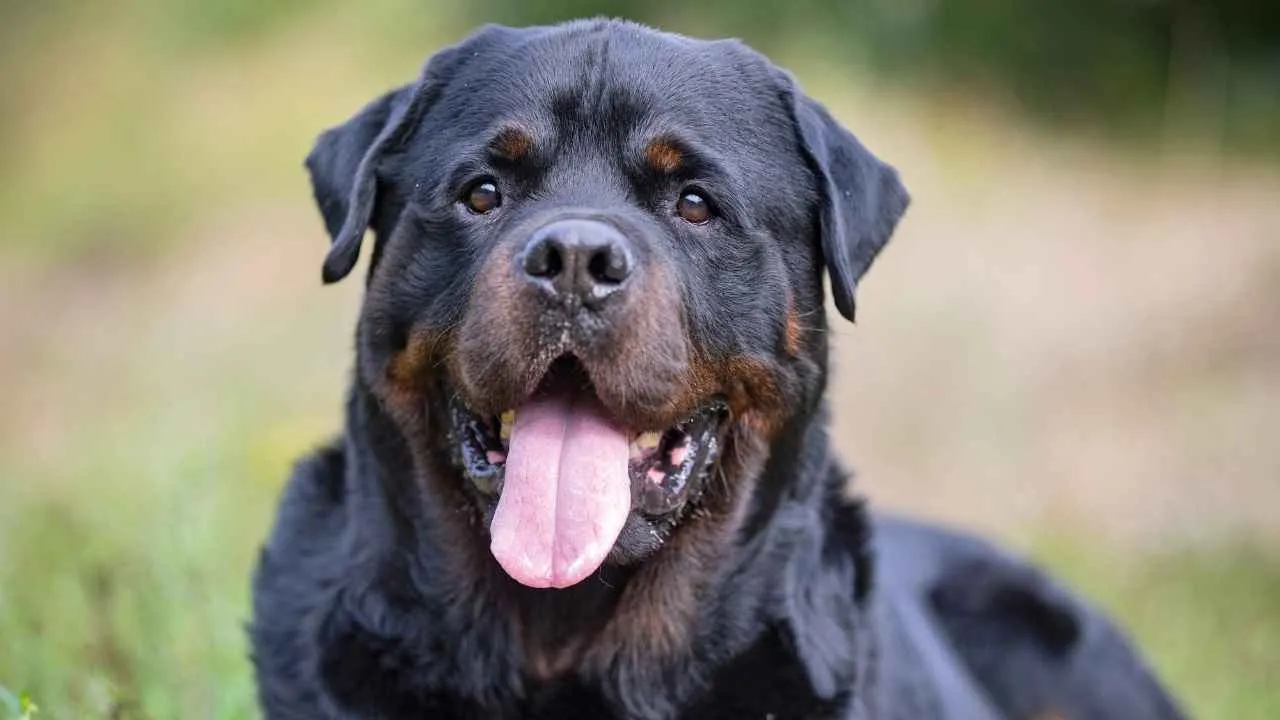
The Rottweiler is a breed that often gets misunderstood. Beneath that muscular build and steady stare is a dog that thrives on companionship, structure, and purpose. Originally bred to guard livestock and pull carts, Rottweilers were working alongside humans long before they were known as home protectors.
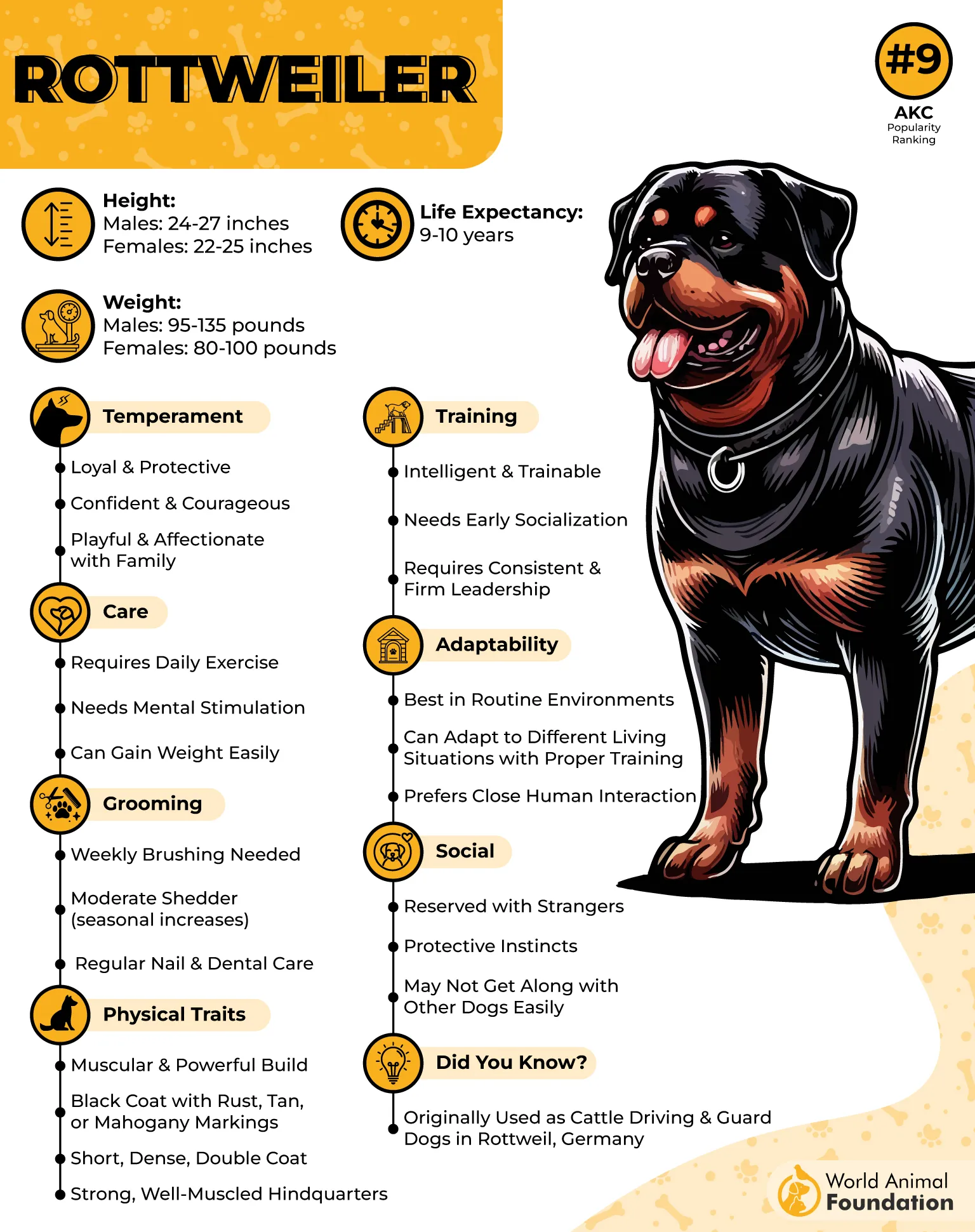
Loyal Defenders with a Watchful Eye
A Rottweiler doesn’t need to bark or charge to make a statement. Their presence alone is often enough. Known for being alert, grounded, and aware of their surroundings, they tend to observe before reacting. Strangers are approached with caution—not hostility—and once trust is earned, they can be incredibly affectionate.
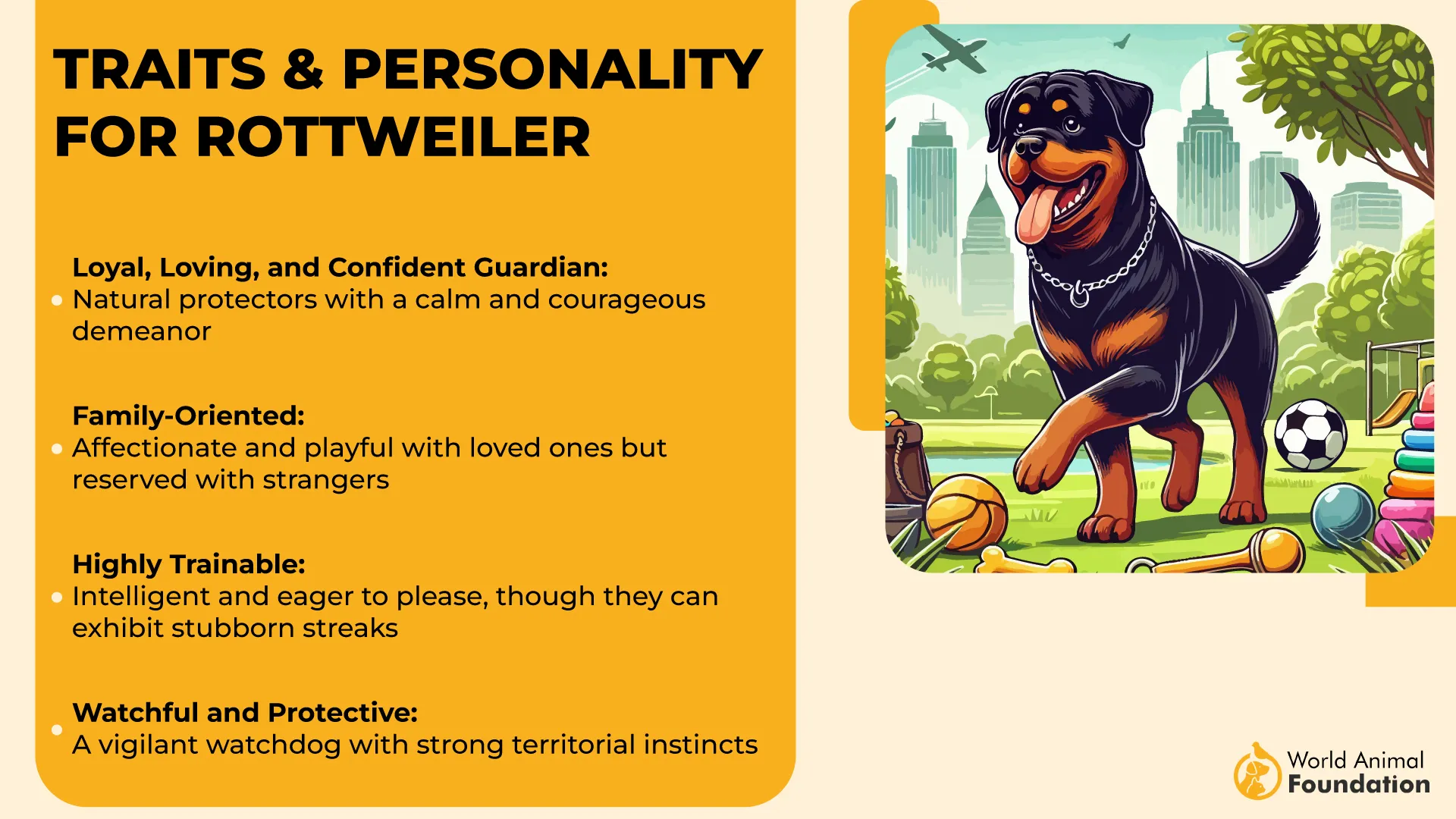
Structure Over Strictness
What makes a Rottweiler manageable is their natural desire to connect. According to PetMD, they’re smart, eager to learn, and respond well to consistent training, as long as it’s fair. You don’t need to dominate a Rottie to earn respect. Instead, what they need is routine, early socialization, and a clear set of expectations.
Unexpected Personality Beneath the Bulk
While the Rottweiler looks like a serious protector, it’s also full of quirks. Some snore like a chainsaw, others will sprawl on your lap like oversized puppies. And while they’re slow to reach full maturity, many never fully outgrow their playful streak. Occasionally, a fluffy coat appears due to a recessive gene, though it’s rare.
7. Belgian Malinois
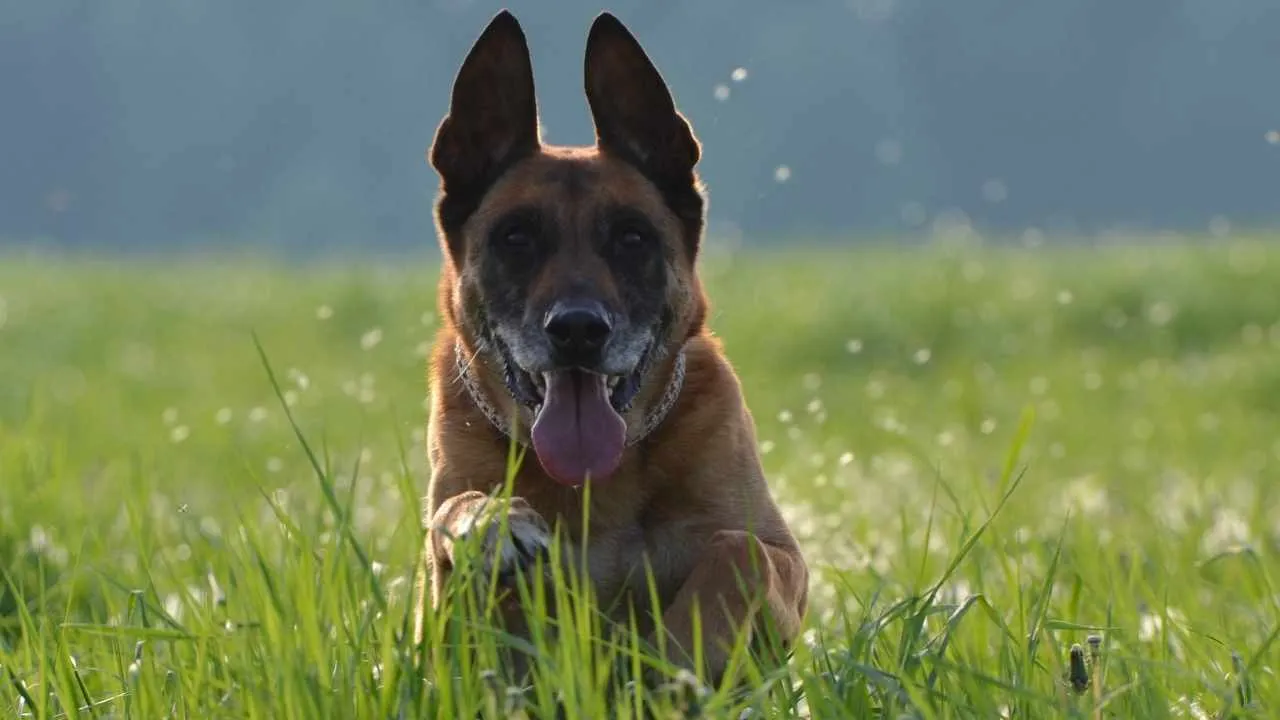
The Belgian Malinois has earned a reputation as one of the most capable working dogs in the world—and it’s no exaggeration. Originally bred for herding in Belgium, this sleek, agile breed is now a go-to for military, law enforcement, and elite service units.
But it’s not just their stamina and speed that make them stand out—it’s their intense bond with their owners and their unwavering alertness. If you want a dog that thrives on challenge, this one doesn’t just meet the bar—it clears it mid-sprint.
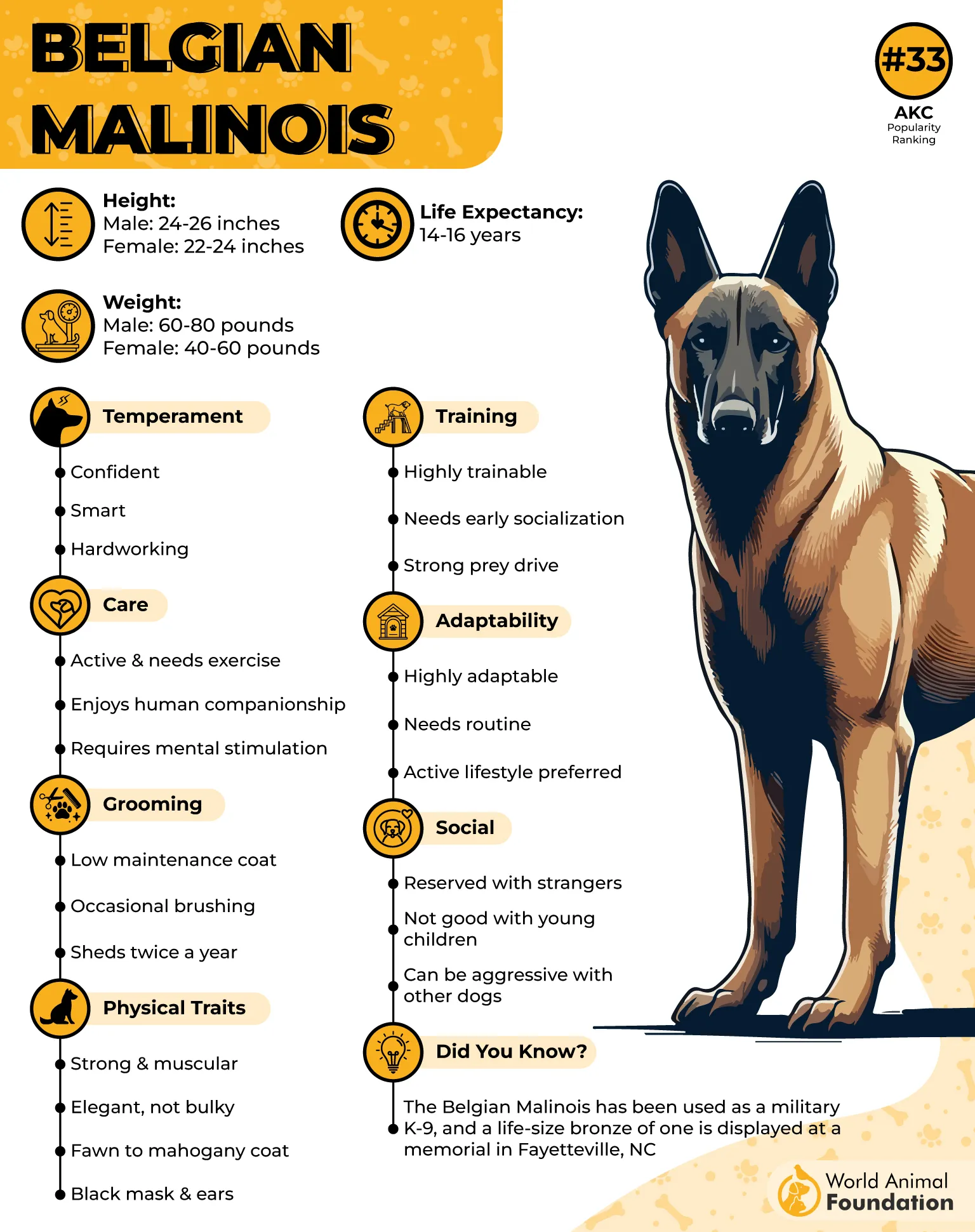
Protection Through Precision, Not Brute Force
Unlike bulkier guard dogs that rely on size or loud warnings, the Belgian Malinois uses speed, intelligence, and sharp decision-making to keep its territory safe.
Their strong instincts give them a near-constant awareness of their surroundings. They’ll detect changes in behavior, unfamiliar sounds, or even subtle shifts in your tone.
Why They Don’t Need Heavy Training to Be Effective
Their motivation levels are sky-high, and they respond best to reward-based systems that challenge them mentally. For experienced handlers, training becomes more about partnership than discipline.
What Makes the Belgian Malinois Different
People often confuse them with German Shepherds, but Belgian Malinois are lighter, quicker, and even more reactive. They can skydive, run tactical missions, and track in difficult terrain—and still have energy left to burn. Their strong prey drive makes them unsuitable for homes with small children or other pets unless carefully managed.
Conclusion
When it comes to choosing the best guard dog, the goal isn’t just protection—it’s balance. These protective dogs, when given proper training from a young age, tend to form strong bonds and thrive as part of a loving family member. Even with their large size or bold personalities, many are surprisingly gentle with kids and can coexist peacefully with other pets, especially when socialized early.
While some breeds may be wary of a stranger, their loyalty to their people runs deep. That instinct to guard doesn’t need to be harsh—it just needs structure. With daily walks, clear expectations, and the right training, even the most energetic dogs can settle into a calm and confident role in the home.


